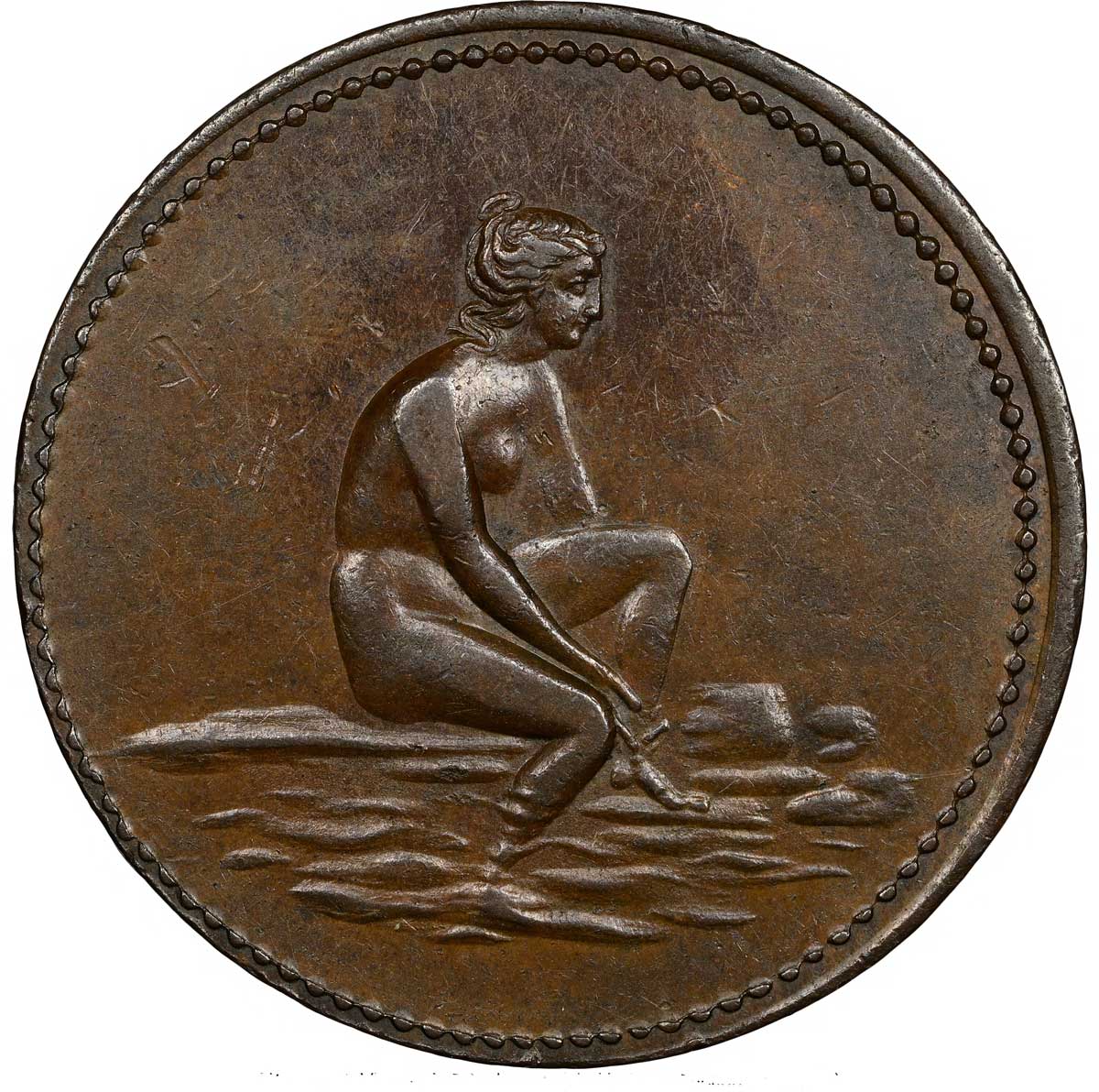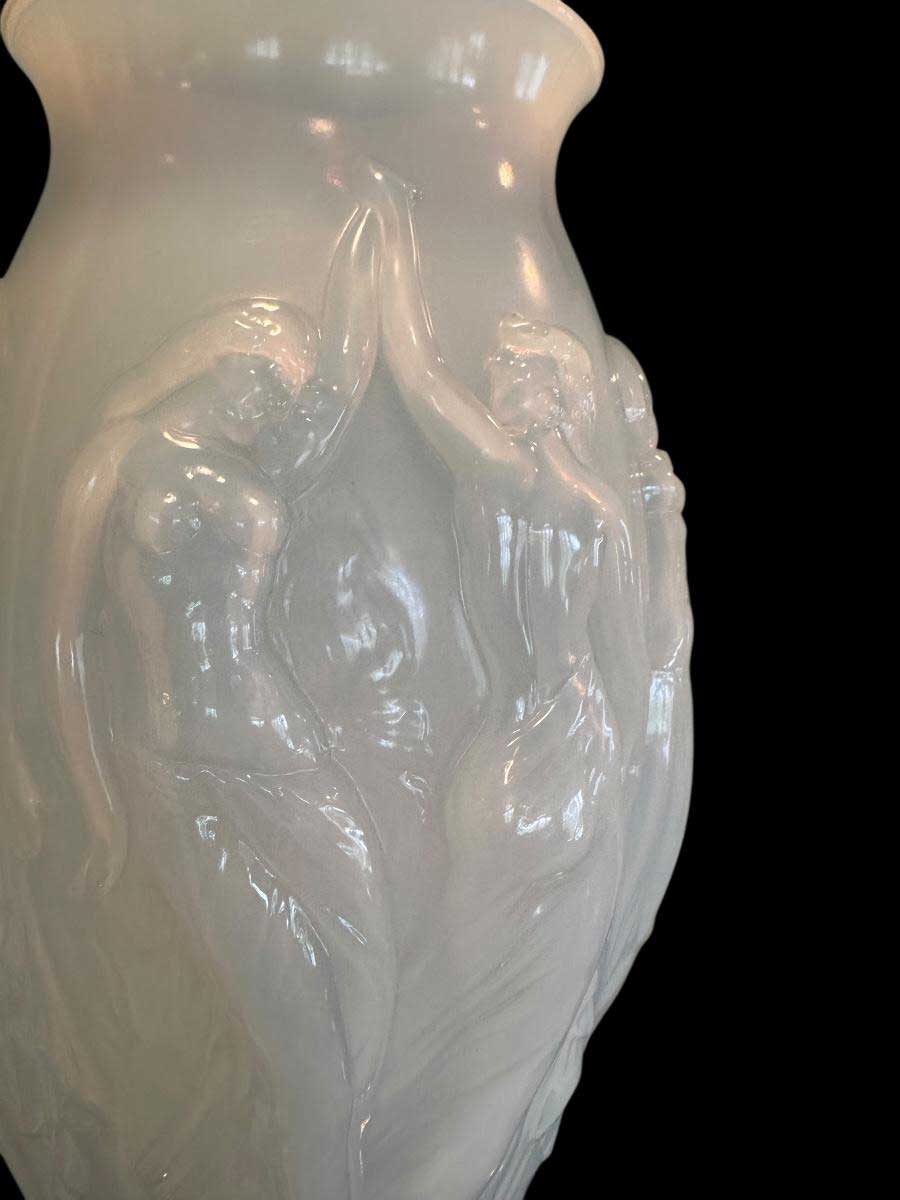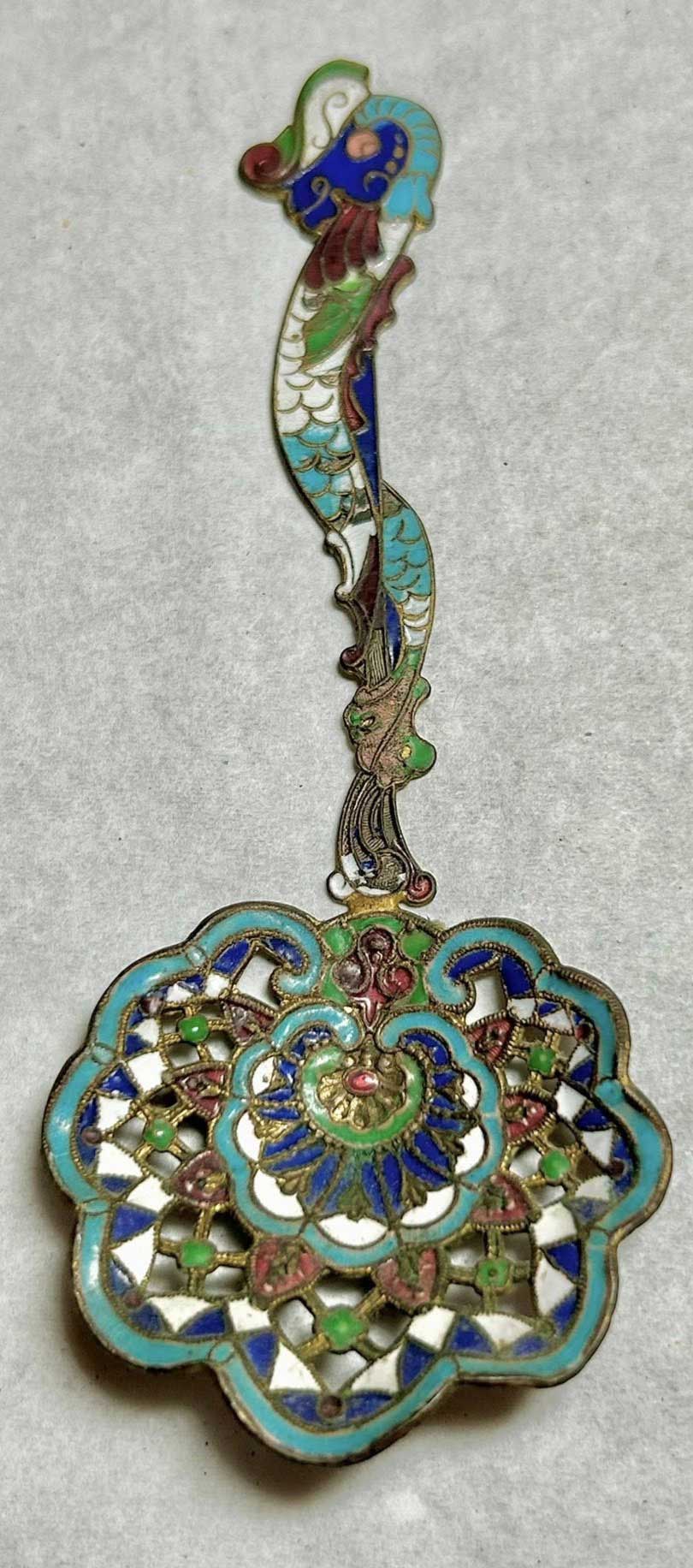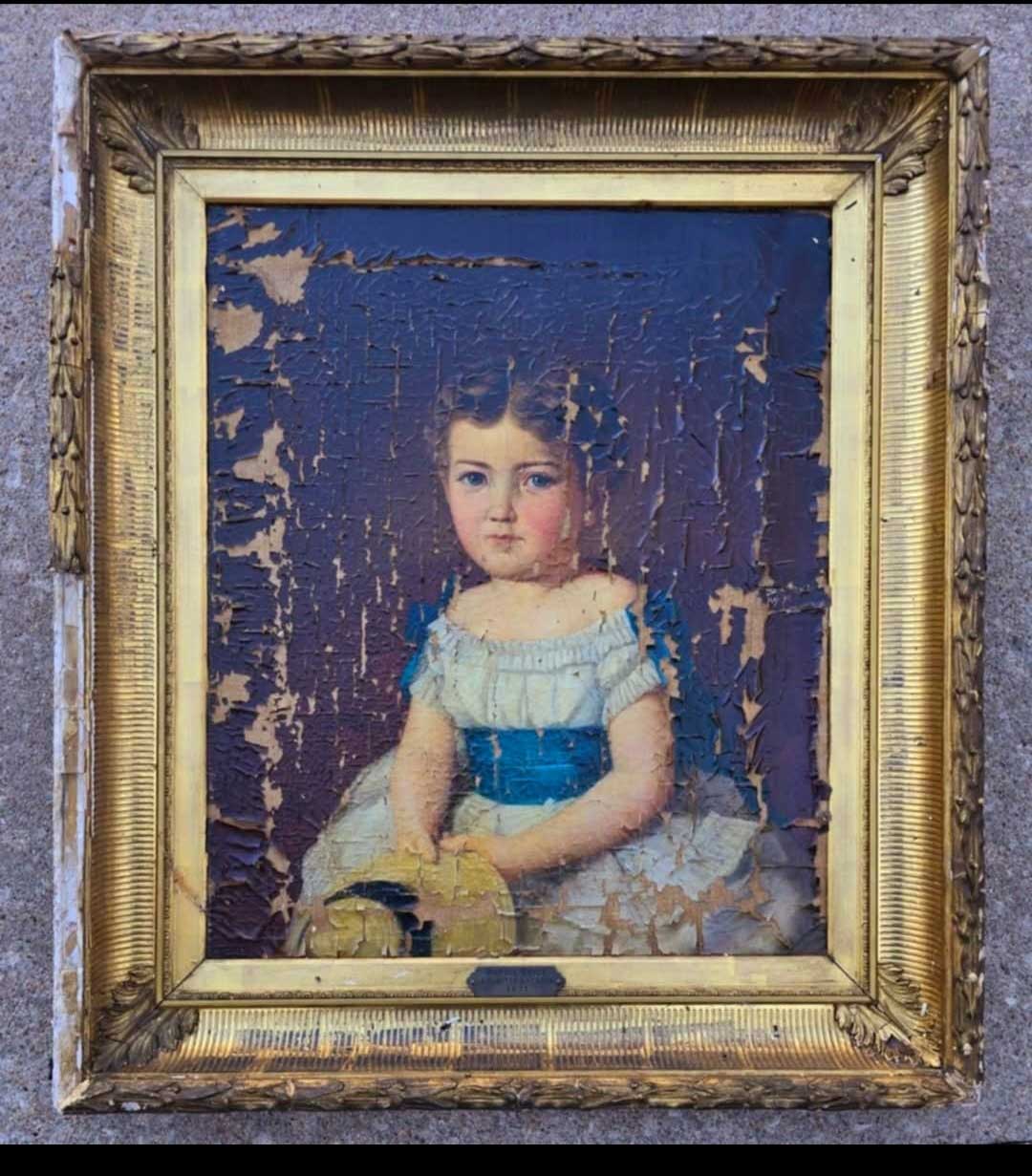Coins advertised public baths in 19th-century America
November 2025
Michelle Knows Antiques
Coins advertised public baths in 19th-century America
by Michelle Staley
Q: We have been cleaning out my deceased uncle’s house and found a jar full of coins. While going through the coins I found this strange token. Can you help me with information and possible value?
A: What a terrific find. You have one of the most sought after, collectible “Hard Times” tokens on the planet, at this point in time.
Hard times tokens are American large-cent- or half-cent–sized copper or brass tokens, struck from about 1833 through 1843, serving as unofficial currency. These privately made pieces, comprising merchant, political, and satirical pieces, were used during a time of political and financial crisis in the United States.
Your hard times token is from Beck’s Public Baths, Richmond, VA. The token advertises Charles Beck’s Public Baths, which operated in Richmond, VA, until at least 1844. Two things contribute to this token’s appeal with the female bather depiction (unusual for a hard times tokens) and the scarcity. Most research suggests that only about 100 of these pieces are known to exist.
Your token looks to be in mint to near-mint condition and would fetch $6,000+ in the resale market. The auction value at one of the large reputable auction houses might be more. What a fabulous find.
Thank you very much. Get out and see the foliage turning, maybe visit a couple of antique shops while you are out.

Front of Hard Times Token from Beck’s Public Baths, Richmond, VA. (Image courtesy of the author)
*All prices given are for sale in a private sale, antique shop, or other resale outlets. Price is also dependent upon the geographic area in which you are selling. Auction value, selling to a dealer or pawn shop prices are about ½ or less of resale value.
Michelle Staley is a Lenexa, KS-based dealer and researcher with 35 years of experience in the antique trade.
Send questions with photos to Michelle at michelle@discovervintage.com or TXSmichelle@gmail.com. Please keep queries to one question; questions without photos of the item may not be answered. There is no guarantee that your question will be answered or published.
Michelle is also available for consulting and extensive research work beyond this column. If you would like an appraisal on an antique or collectible please go to www.michellesantiqueappraisals.com for a one-on-one appraisal. Please note new web address.







